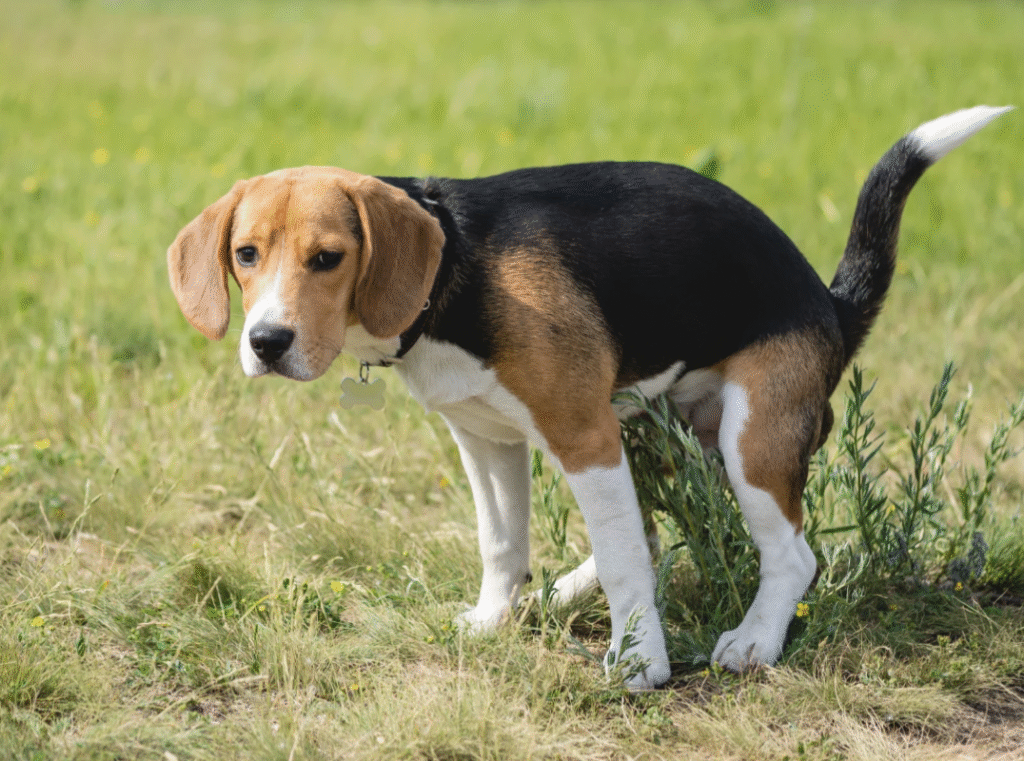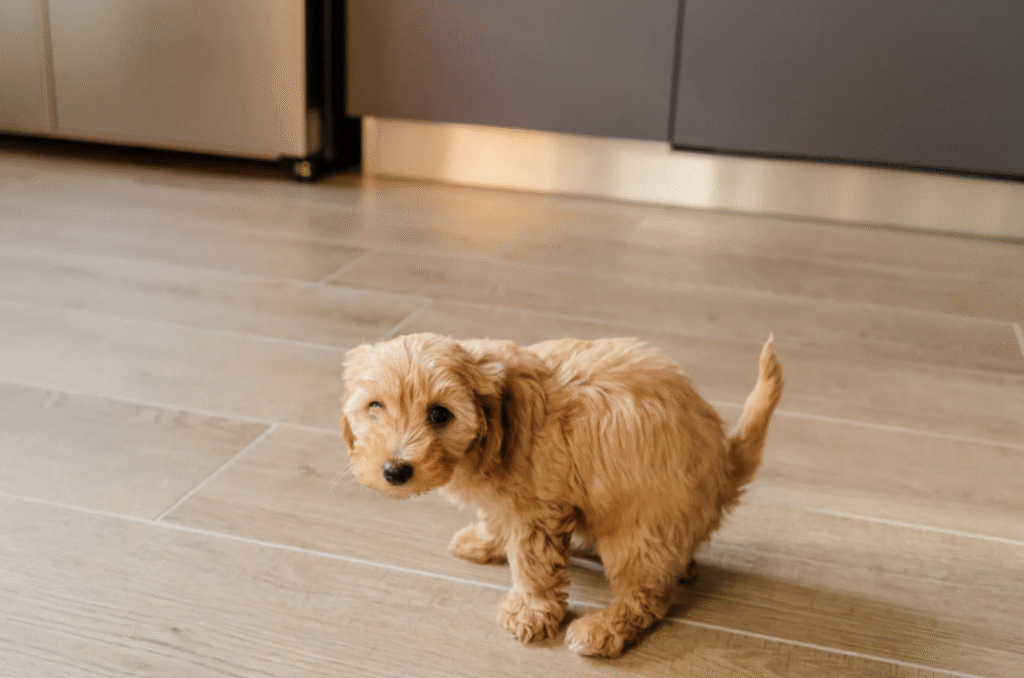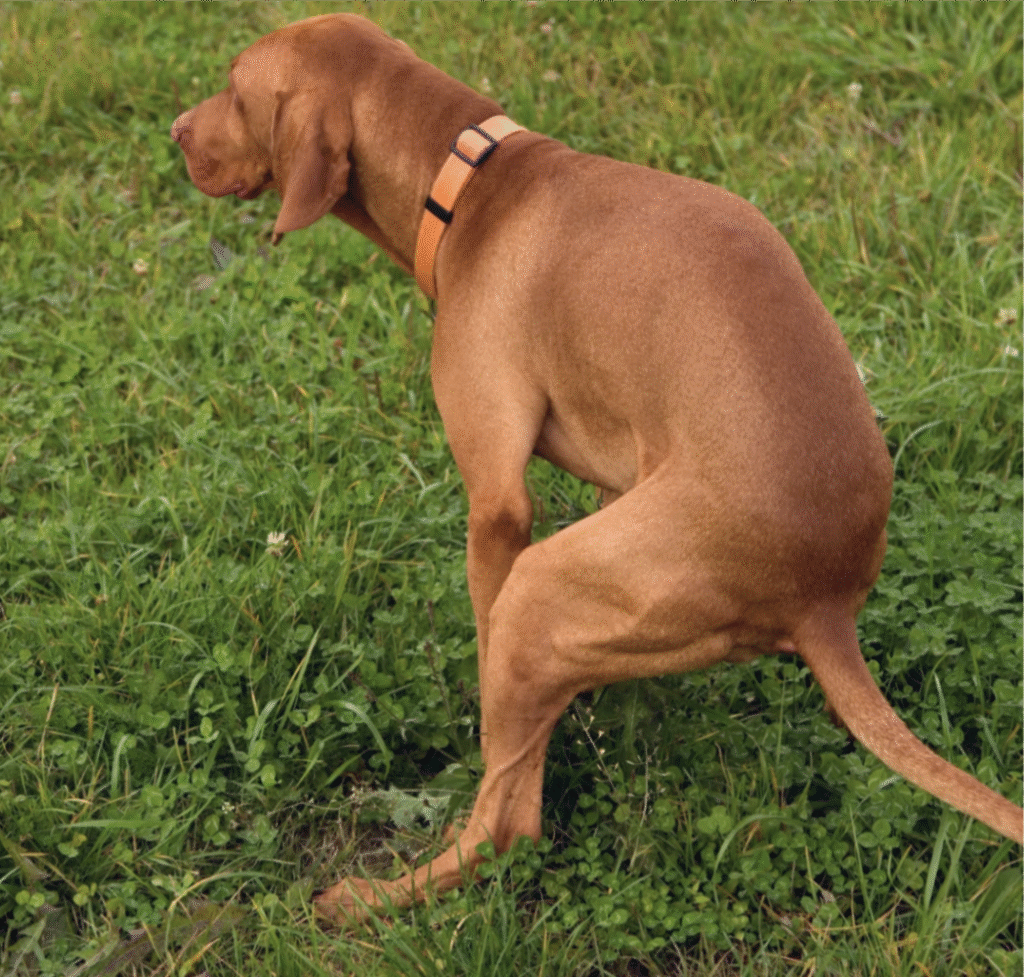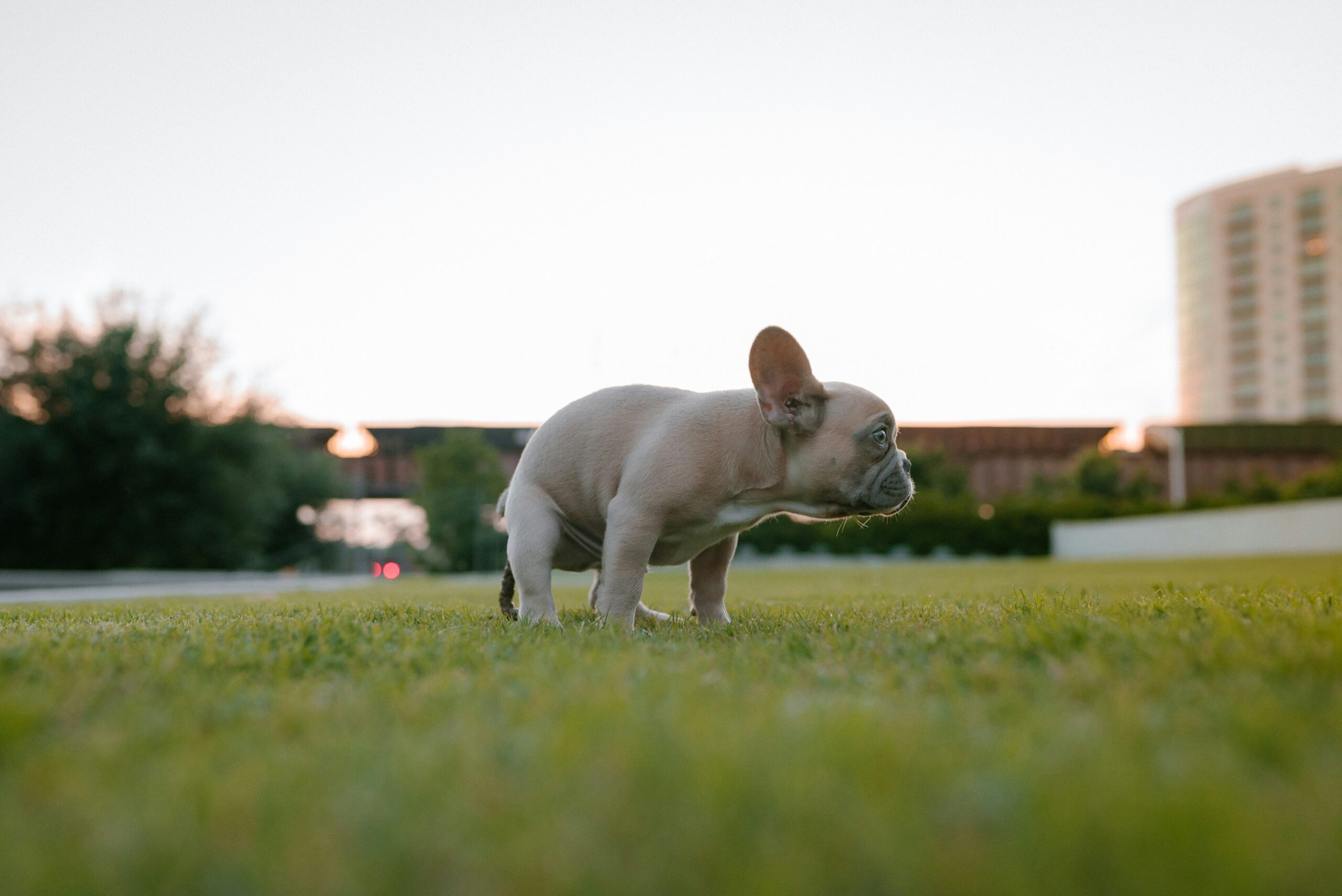Potty training your beloved dog can feel like a big challenge, but with the right dog potty training schedule, it becomes a smooth and stress-free process. A steady schedule teaches your furry friend when and where to do their business. This not only prevents accidents but also cuts down on confusion and fosters healthy habits for a lifetime. It doesn’t matter if you have an energetic puppy or an older dog; following a structured routine can make all the difference in keeping your dog happy and your home clean.
Today, in this article, we will walk you through every key detail about the perfect potty training for success.

What is dog potty training?
Dog potty training is the process of teaching your dog when and where it’s appropriate to relieve themselves without any stress. This is the first and most important lesson for any dog that helps them adapt to living comfortably in a home environment. The goal is to create a strict routine—often guided by a dog potty training schedule—that your dog can understand and follow consistently.
What are the benefits of early potty training in dogs?
Starting early potty training builds trust and discipline between you and your dog. By introducing an organized dog potty training schedule from the beginning, you make life easier for both of you.
Here are some benefits:
1. Rapid Habit Formation
Puppies and young dogs learn anything faster, so it is better to start early potty training for your dog in order to develop consistent bathroom habits that last a lifetime.
2. Prevents behavioral issues
Dogs without prior training promote bad habits, like going indoors and marking territory. Early training is the only solution for these problems.
3. Improved health and hygiene
A clean environment hinders bacterial growth and restrains the risk of potential health issues for both family members and pets.
4. Fewer accidents at home
Early potty training helps your dog speedily comprehend the right place to go. It reduces the risk of messes and keeps your home clean.
5. Easier Socialization
Easier socialization of dogs is important because a potty-trained dog is more welcome in public places, on travel, and at friends’ homes.
What is the 10-10-10 rule for puppies?
The 10-10-10 rule is the ground rule of simple potty training. This rule is often used by new puppy owners to establish a consistent dog potty training schedule and lowers the risk of potty accidents at home. As we know, young puppies have small bladders, and they have limited control. That’s why they need frequent bathroom breaks.
The rule works like this:
• 10 minutes after eating
Take your dog outside after 10 minutes of eating because food and water trigger their need to go.
• 10 minutes after drinking
Always trip outside after they finish drinking water because puppies process liquids fast.
• 10 minutes after waking up
Take your puppy for a small walk because they usually relieve themselves, no matter if it’s after an overnight sleep or a short nap.
A positive dog potty training schedule
A well-structured dog potty training schedule is not only the backbone of house training, but it also ensures your dog’s understanding of exactly when and where to go, which builds strong bathroom habits and prevents accidents.
Key points for creating a dog potty training schedule:
• Morning routine
Take your dog for a small walk immediately after waking up.
• Post-meal breaks
Let them out 10-15 minutes after eating or drinking.
• After playtime
An outside trip is necessary after playtime because excitement triggers the need to go.
• Regular intervals
Puppies have little control over their bladders, so they need a potty break every 1-2 hours, while the adult dogs wait up to 5-6 hours.
• After bedtime
A final bathroom break after having dinner is a must to prevent nighttime potty accidents.
• Consistency
Take them to the same spot regularly so that they associate the place with potty time.
• Praise and rewards
Reinforce good behavior by offering them treats and toys every time they go in the right place.
Signs your dog wants to go outside for a toilet or potty
Recognizing your dog’s signals is essential for sticking to your dog’s potty training schedule and avoiding accidents.
Common signs include:
• Moving around more than usual and looking restless.
• Circling in one spot, which is common pre-potty behavior.
• Whining, vocal cues, and barking excessively to get your attention.
• Breaking off from playtime to focus on finding a space.
• Seeking your help to go out by scratching and pawing at you.
• Sniffing the floor or ground.
• Standing and scratching at the door.
How to potty train a puppy?
Potty training a puppy takes endurance, persistence, and a clear dog potty training schedule. Start by taking your puppy outside; it should be the first thing in the morning. Similar multiple trips are needed after meals, playtime, and naps. Puppies have small bladders, and they have limited control over them, so plan your breaks every 1-2 hours during the day. Keep a close eye on signs like sniffing, circling, and scratching near doors. Always take them to the same spot so they associate it with the potty spot. Reward them immediately after they finish. With a proper routine, your puppy will learn good bathroom habits in just a week.

How to potty train an adult dog?
Potty training an adult dog follows the same bottom line as training a puppy, but they may demand extra patience, especially if they have developed bad habits. Start by setting a consistent dog potty training schedule as given in this article. Take them outside right after they wake up or after meals and playtime every 5-6 hours during the day. Adult dogs need more time in training than puppies, but with a steady routine and strict supervision, they will know the right spot. If accidents happen, clean thoroughly to remove odors because they repeat the act by sniffing the same place again. With encouragement and positive reinforcement, most adult dogs get habitual to a new routine quickly.

How to potty train an old dog?
Potty training an older dog can be a bit challenging because they require more patience, gentle guidance, and a strict routine. Senior dogs may have weaker bladder control, so offer them more frequent bathroom breaks after waking up, meals, and naps. Take them to the same outdoor spot each time. Praise them after they finish. Here also, with consistency and love, older dogs will learn or relearn good potty habits.

FAQ
1. What is a red flag in potty training?
A red flag in potty training is when your dog suddenly falls back to the habit of going outside or shows signs of pain or distress while excreting.
2. What is the 2-in-1 rule for puppies?
The 2-in-1 rule means taking your puppy outside for both pee and poop during the same potty break to build consistent habits.
3. Why is it important to potty train your dog?
It is very important to potty train your dog early to keep your home clean, prevent accidents, and teach them proper bathroom habits.
Final words
A successful dog potty training schedule is built on consistency, patience, and positive reinforcement. Whether you are training a puppy, an adult dog, or an older dog, sticking to the routine helps them learn when and where to eliminate. This makes life easier for both you and your pet. By recognizing signals, offering timely breaks, and rewarding good behavior, you will not only prevent accidents but also strengthen the bond between you and your dog. Dedication to following the right schedule is the only solution for smooth and stress-free potty training.

